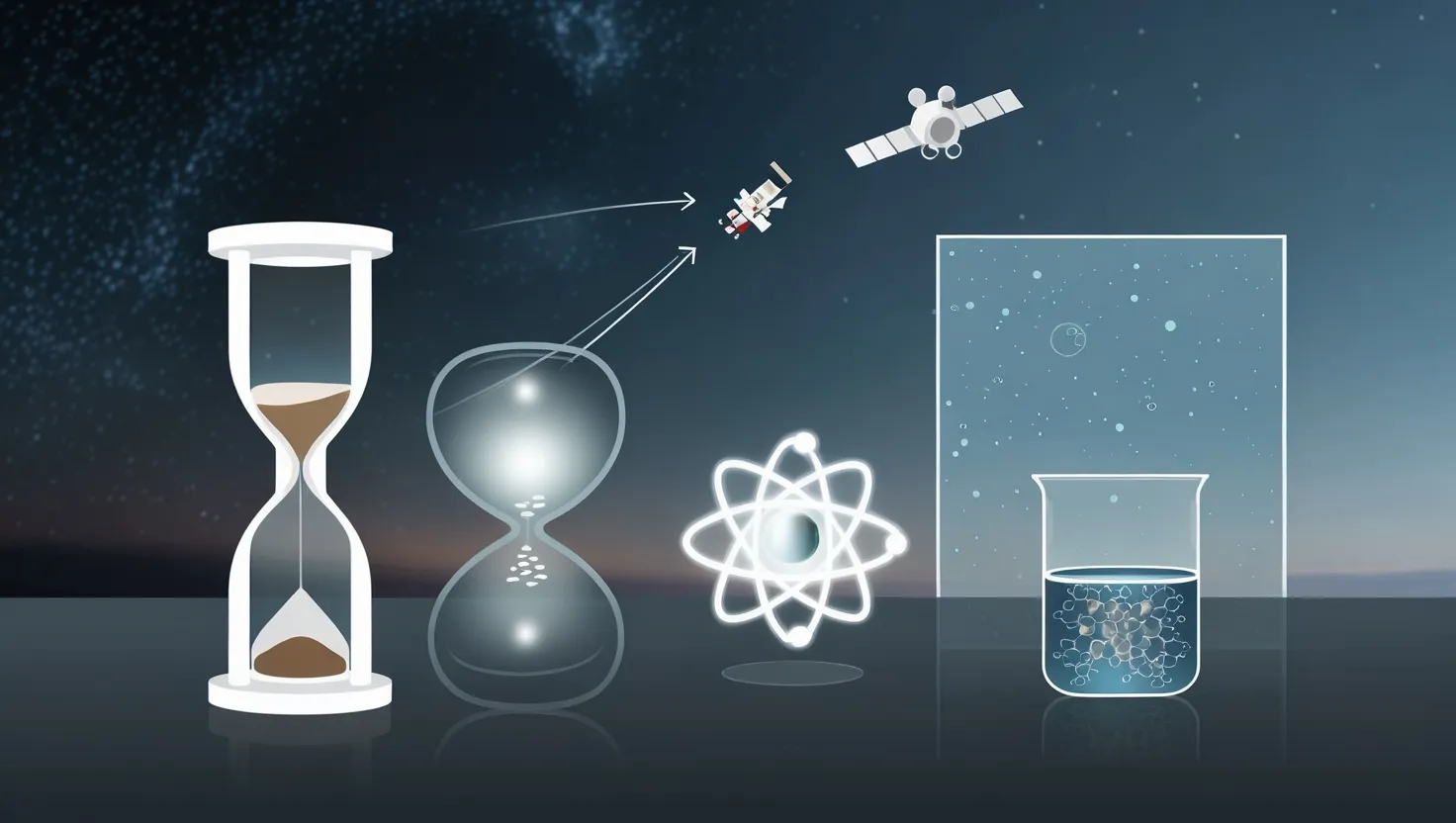Delta services a whopping 21 different kinds of aircraft, each built from millions of parts. If even one part is missing, a plane can’t take off, leading to delays that can cost millions. To avoid such costly setbacks, Delta has constructed one of the world’s largest spare parts stores. The scale is mind-boggling, with about 2.4 million unique part types on hand. The actual number of parts? Probably in the trillions.
Navigating this enormous inventory is no easy feat. Advanced computer systems run the show to keep everything in check. When a mechanic orders a part, the system prioritizes and processes the request, queuing up what needs to be picked. Once the order is confirmed, the system sends it back, and a retriever brings the needed part to the mechanic, all orchestrated seamlessly by cutting-edge technology.






